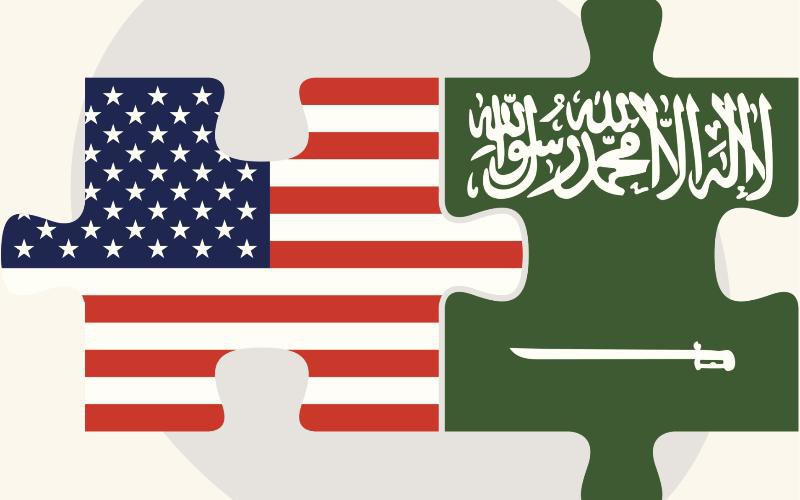(AhlulBayt News Agency) - “The enemy of my enemy is my friend,” is the battle thesis of modern statecraft, and one often applied to the relationship between the U.S. and Saudi Arabia.
No great power gets away with a clean conscience, and that can be seen when the U.S. will, on one hand, completely condemn and act against the brutality of ISIS, but on the other hand, sit quietly while the Saudi army is marching on Sana’a.
August saw intense fighting in Yemen, as fighting continued between Saudi-backed Hadi forces and Saleh forces. The U.S. is behind Saudi Arabia, despite numerous human rights abuses and the bombing of MSF hospitals. If you didn’t like the $15 billion arms deal that Ottawa signed last year, then you’ll be displeased to know that the U.S. has signed over $100 billion of such arms deals with the Kingdom of Saudi Arabia over the last 15 years, as well as provided plenty of military support. In the case of the Yemeni War, President Obama signed off on providing refueling for coalition bombers, intelligence and targeting assistance.
Why does America, and to a certain extent Canada, support obvious abusers of human rights? The Americans surely seek balance with the Saudi’s over the recent signing of the Iran nuclear deal, which exchanges Iran’s rescinding of nuclear energy in exchange for the removal of EU and U.S. nuclear-related economic sanctions. This, of course, makes Iran a little stronger by being able to expand its economy.
It might be possible to argue that the U.S., like much of the West, simply wants to maintain the status quo, or at the very least, a balance of power between these countries.
Saudi Arabia would obviously prefer to have the upper hand, but Iran has been hard at work trying to gain more influence in the Middle East. One of the big problems for the Kingdom is the fact that Iran will now be able to sell more oil around the world as a result of the nuclear deal, reducing the value of their own stockpiles.
Furthermore, Iran is taking other direct steps to increase their influence. This takes the form of increased aid—typically in the form of military assistance—to allied factions and governments. For instance, the Iranian government provides assistance to the pro-Assad Syrian government forces. While Syria is a Sunni majority state, it’s the Shi’a minority who have typically held power. Other recipients of aid would include Hezbollah in Lebanon, and Hamas in Israel and Palestine, on occasion.
Saudi Arabia takes similar steps by funding, supporting, and fighting alongside groups opposite to the ones funded by Iran, such as the Yemeni government forces and anti-government groups in Syria. Saudi Arabia also spends billions of dollars promoting their country’s brand of Islam, Wahhabism, around the world. In fact, a diplomatic cable obtained by Wikileaks in 2009 found Hillary Clinton saying that “donors in Saudi Arabia constitute the most significant source of funding to extremist Sunni terrorist groups worldwide.”
A lot of people read about the Middle East and come to the conclusion that it’s as simple as “the Sunni and Shi’a hate each other,” but it’s much more complicated than that. There are a lot of other stakeholders at play, such as the Kurds who are persecuted by seemingly everyone, and ISIS to whom no one wants to admit support. More important is Turkey, Israel, and the U.S., who are also getting involved in other indirect ways, doing their best to shape a Middle East that does the most for them.
/129
source : Runner
Saturday
17 September 2016
8:02:54 AM
779568

“The enemy of my enemy is my friend,” is the battle thesis of modern statecraft, and one often applied to the relationship between the U.S. and Saudi Arabia.
